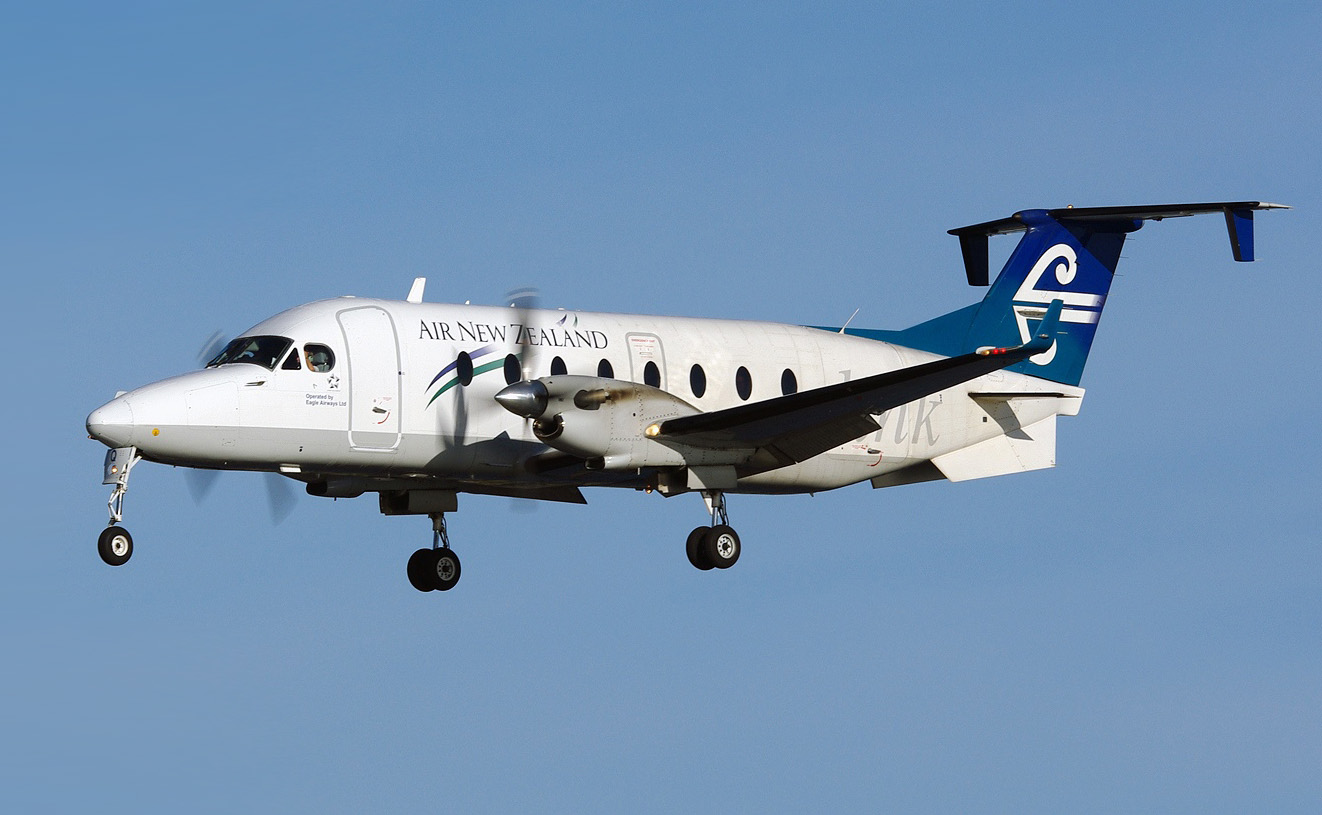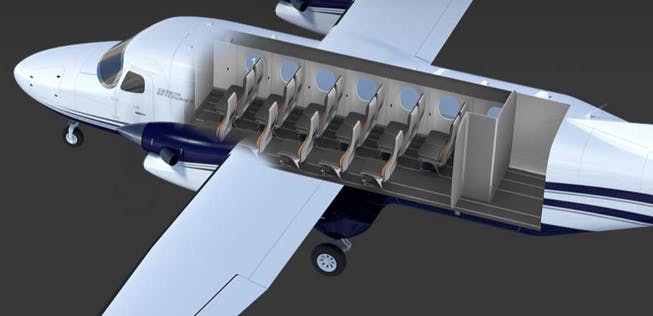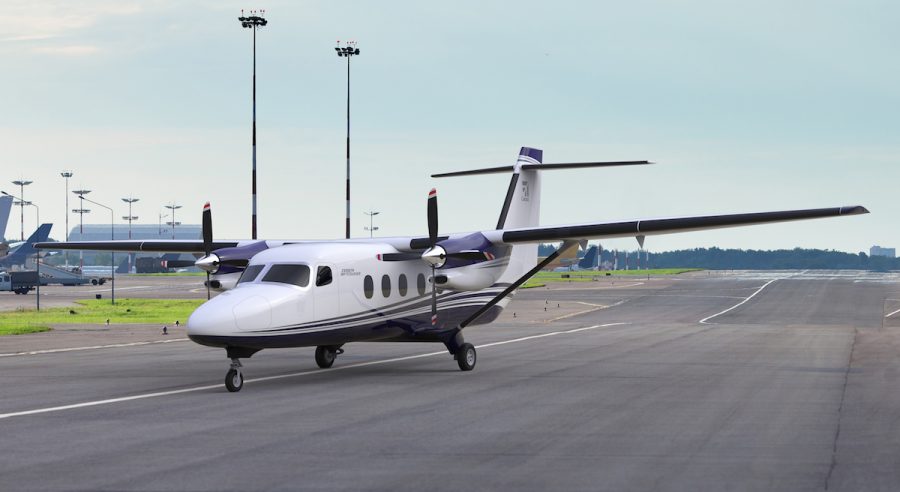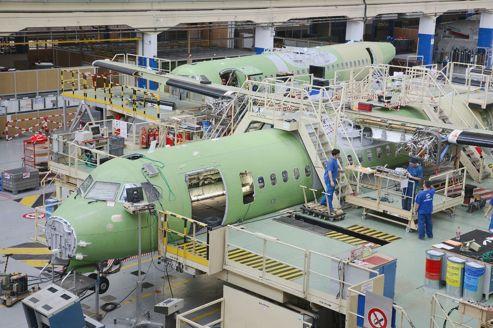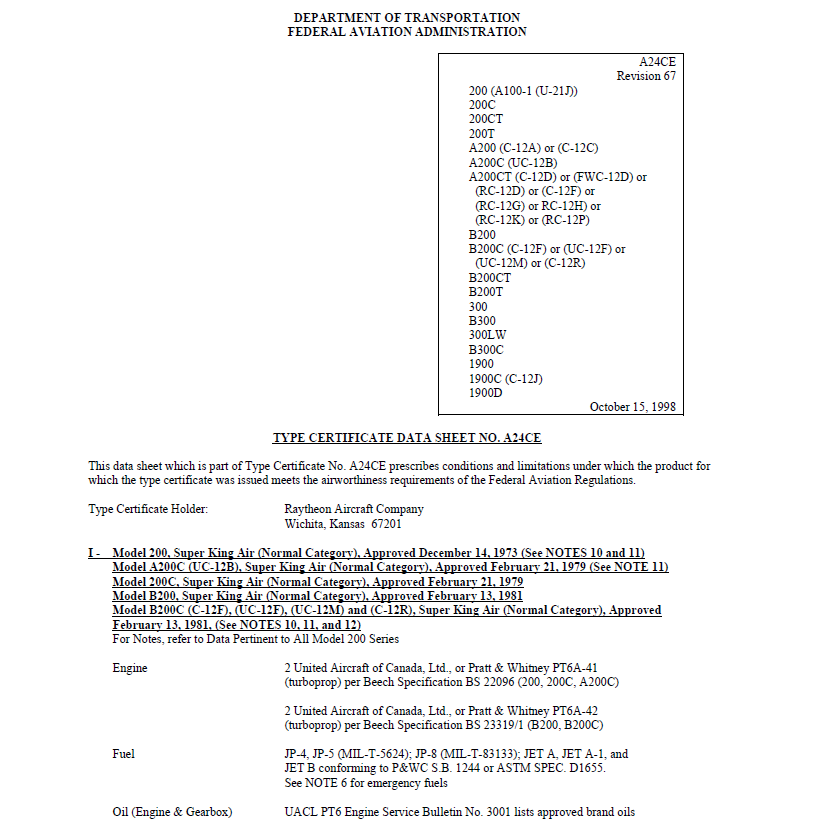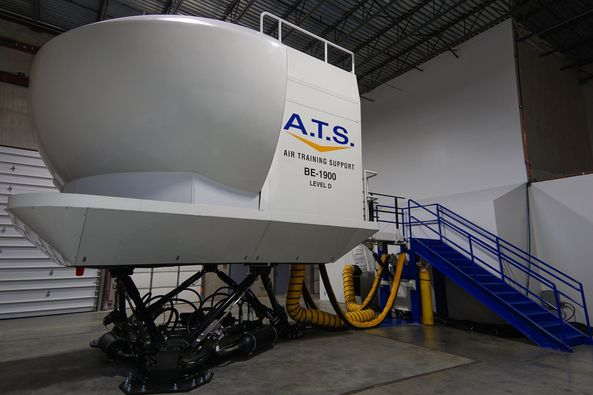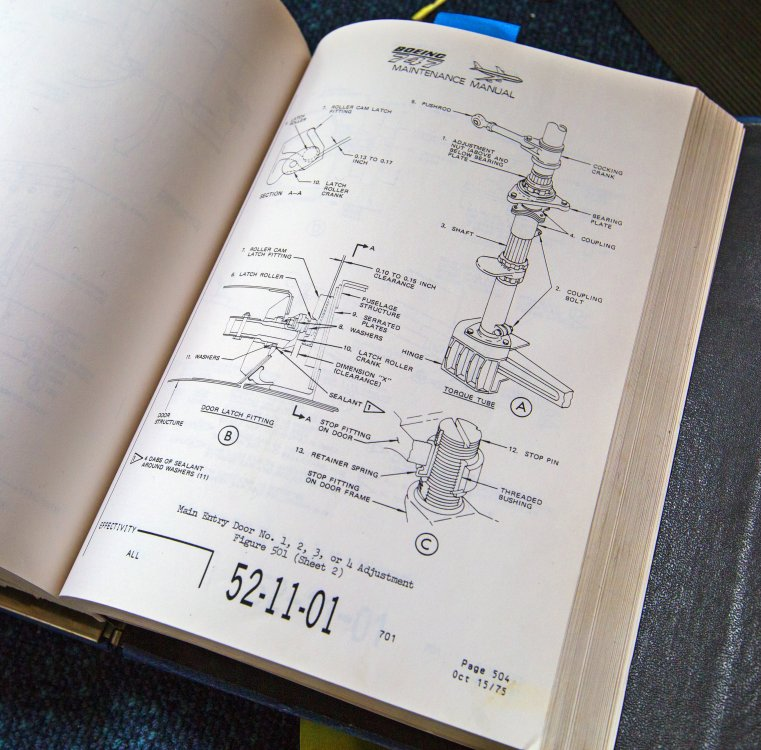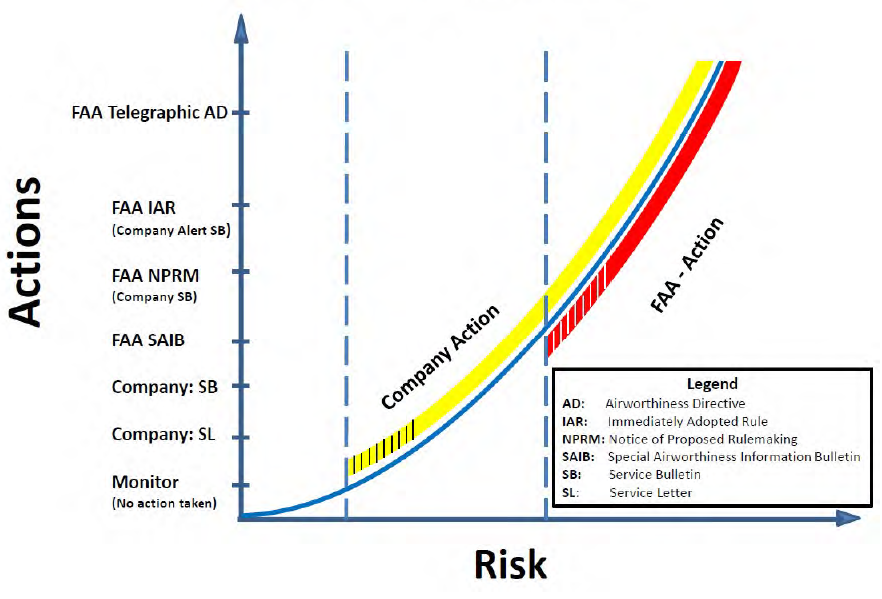Leeham News and Analysis
There's more to real news than a news release.
Bjorn’s Corner: Sustainable Air Transport. Part 1. A deeper look.
January 7, 2022, ©. Leeham News: We finished a 34 article series before Christmas about the enormous work involved to get a new aircraft certified for passenger transport.
It was a background article series to the one we start now, a deeper series on what’s involved in designing air transport vehicles that are less polluting for our environment. We have seen a landslide of such projects in the last years, and from an experienced aircraft designer’s desk, most of these are doomed for failure.
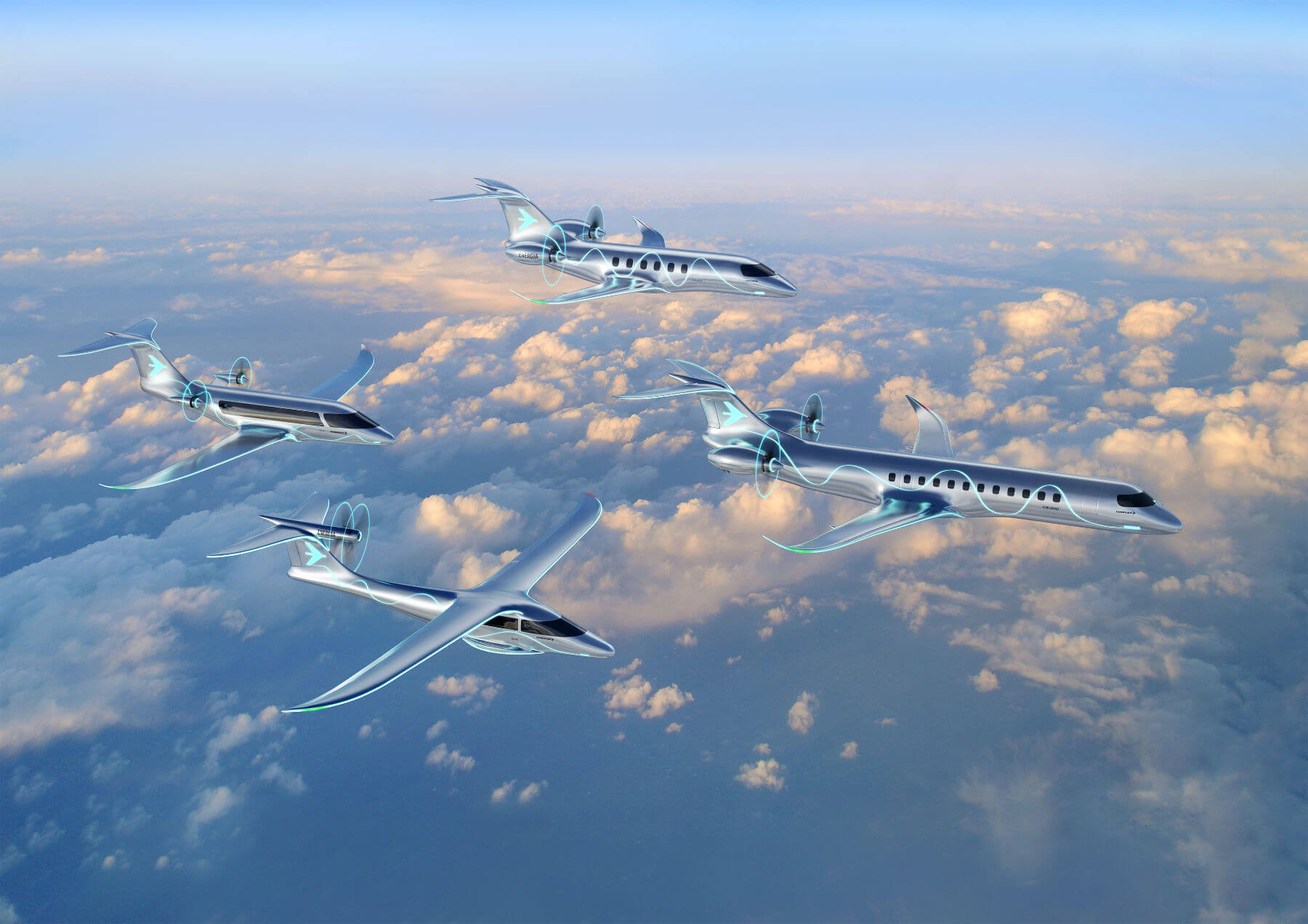 Figure 1. The Embraer Energia concept aircraft. A credible Sustainable Air Transport research program. Source: Embraer.
Figure 1. The Embraer Energia concept aircraft. A credible Sustainable Air Transport research program. Source: Embraer.
Bjorn’s Corner: The challenges of airliner development. Part 34. Wrap-up.
December 17, 2021, ©. Leeham News: As we wrap up the series where we look at the monumental work you have to do to get a new aircraft type certified, we will discuss how we need several aircraft variants, addressing different markets, if we shall survive as an aircraft manufacturer.
All successful aircraft manufacturers produce and market a family of aircraft. If you stay with only one variant, you will find it hard to keep good people as the development work ends.
Bjorn’s Corner: The challenges of airliner development. Part 33. Multi-country Certification
December 10, 2021, ©. Leeham News: Our aircraft has now achieved its first deliveries and is Entering Into Service (EIS) with our launch customer.
This covers one customer and one jurisdiction. As each country is sovereign in Airworthiness certification, we have work to do for each market we want to address.
Bjorn’s Corner: The challenges of airliner development. Part 32. Aircraft delivery and EIS
December 3, 2021, ©. Leeham News: Last week, we went through typical problems by the start of serial production, such as weight creep and traveled work.
Now we discuss the ins and outs of delivering the aircraft to the customer airline and how we support the aircraft’s entry into service.
Bjorn’s Corner: The challenges of airliner development. Part 31. Serial Production problems
November 26, 2021, ©. Leeham News: Last week, we started our analysis of the serial production phase. If development is filled with revelations and problems to solve, production has it as well.
We start this week by looking at the beginning of serial production, where several issues are overhangs from development. There are areas of the aircraft, though we have achieved our Type Certificate, that are not quite to the maturity level we want for long-term serial production.
Bjorn’s Corner: The challenges of airliner development. Part 30. Serial Production
November 19, 2021, ©. Leeham News: Last week, we described how we finished the testing and the process to get our Type Certificate.
Now we look at the phase after Design and Production certification, the start of production, Figure 1. The upstart and ramp of production have many challenges. We will start the discussion with one that is often overseen, the cost of ramping production to full serial production rate.
Bjorn’s Corner: The challenges of airliner development. Part 29. Finishing Flight tests
November 12, 2021, ©. Leeham News: Last week, we looked at our role in creating comprehensive crew training so the aircraft can be safely operated during its lifetime.
With maintenance and crew training docs and curriculums well underway we can return to our Flight tests and describe how we finish up the testing and get our Type Certificate.
Bjorn’s Corner: The challenges of airliner development. Part 28. Crew training
November 5, 2021, ©. Leeham News: Last week, we looked at our role in creating a competent maintenance activity so our aircraft can be kept airworthy throughout its operational life. The other important part of operational safety is crew training.
We learned that these two parts, keeping the aircraft airworthy with its maintenance and providing adequate training and information to the crews operating the airplane, have a major influence on flight safety. In fact, FAA has found that these parts have a larger influence on flight safety than the aircraft certification regulations.
We, as the OEM, must therefore develop the documentation, curriculum, and training tools so that crews working in the aircraft can fly it safely. This encompasses not only initial training but a continued refresh and check training throughout the crew’s life with the aircraft.
Bjorn’s Corner: The challenges of airliner development. Part 26. Maintenance planning
October 22, 2021, ©. Leeham News: Last week, we looked into Continued Operational Safety and there specifically Safety Monitoring and Reporting. Now we look at the role Instructions for Continued Airworthiness (ICAs) play in preventing the air safety issues we talked about last week.
An important part of the Instructions for Continued Airworthiness, ICA, is how to maintain the aircraft in a continued airworthy state during its operational life. The aircraft is airworthy when it rolls out of the factory but it needs to keep this condition for its 25 years or longer productive life. How this is done is contained in the maintenance documents, but there is more to it than just producing a maintenance manual.
Bjorn’s Corner: The challenges of airliner development. Part 25. Safety monitoring and reporting
October 15, 2021, ©. Leeham News: Last week, we introduced the activities around Continued Airworthiness that we have to do during development and flight testing of our aircraft.
As described, the majority of accidents for aircraft are attributed to failings in Continued Airworthiness and Operations rather than design. We listed Continued Operational Safety, Operational Preparedness, and Service Readiness as the three important areas for Continued Airworthiness.
We dive into Continued Operational Safety first, specifically Safety Monitoring and Reporting.



